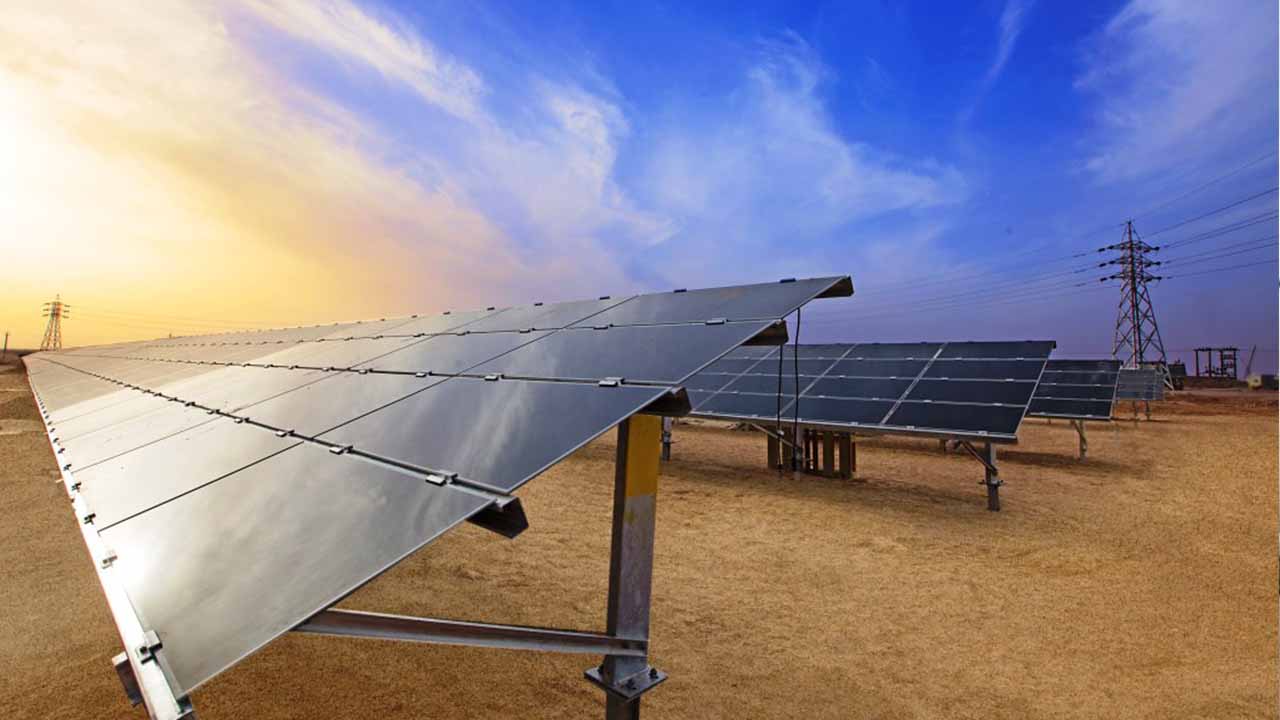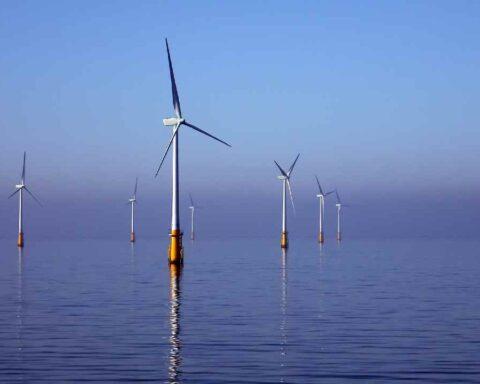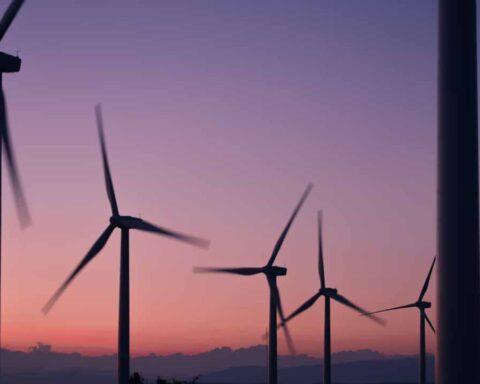The installed capacity of solar energy in India has witnessed an 18 times increase between 2014 and 2021, the Union government informed the Lok Sabha on Monday. Responding to a query in the lower house, Minister of State for Environment Ashwini Choubey said India’s current share of non-fossil sources based on the installed capacity of electricity generation is more than 40 per cent.
As per India’s third BUR submitted to the UNFCCC in February 2021, total GHG emissions, excluding Land Use Land-Use Change and Forestry (LULUCF) in 2016 were 2,838.89 million tonne CO2e and 2,531.07 million tonne CO2e with the inclusion of LULUCF. India’s total GHG emission also includes CO2 emissions from the oil & gas sector and industrial processes and product use (IPPU) sector. The emissions based on India’s first, second and third BURs are as follows:
Further, according to a research study carried out by the Indian Space Research Organization using observations of Orbiting Carbon Observatory satellites of NASA, total column atmospheric CO2 concentration over representative sites of India during January 2020 to June 2021 was found to vary on daily basis from approximately 406.3 on 31 August 2020 ppm to 416.1 ppm on 28 April 2021.
Carbon Capture, Utilization, and Storage (CCUS) is an emerging area of research. Its efficacy is yet to be fully established in terms of techno-economic feasibility. The Department of Science and Technology (DST) works in the area of CCUS through an emphasis on research and development and capacity building of both human resources and infrastructure to evolve appropriate technologies and methodologies. The Department of Science and Technology and Department of Biotechnology in 2018, had launched a Joint Funding Opportunity Announcement (FOA) for inviting proposals on Innovation Challenge on CCUS under the multilateral Mission Innovation (MI)initiative to undertake joint Research & Development with MI member countries to identify and prioritize breakthrough technologies in the field of CCUS.
Through the National Action Plan on Climate Change (NAPCC) and its various National Missions, India is addressing climate change mitigation and adaptation across a range of sectors. The installed capacity of solar energy in India has increased by more than 18 times from 2.63 GW in March 2014 to 47.66 GW in October 2021. As a result, India’s current share of non-fossil sources based on the installed capacity of electricity generation is more than 40%.





























